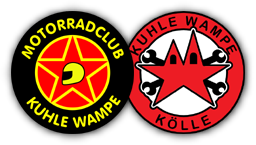Agreement In Kannada Meaning
2. Dezember 2020
Homophones – Homophones are words that sound the same, but they have different meanings and spellings. Do you find out what translation means for the verbal chord in kannada? Here is a list of translations. Homographs – homographs are words that may or may not seem similar, but have the same spelling, but have a different meaning. Word – A verb is a word that expresses an action or state of being. Adjective – An adjective is a word that describes a nostunou or pronoun. He says what kind, how much, or which one. Conjunction – A conjunction is a word that connects words or groups of words. Some examples of conjunctions are: and, but, or, although, again, so, either, and so. Correct name – The pronoun is a word used instead of one or more names. It can represent a person, a place, a thing or an idea. By the way, don`t forget, tomorrow is our quarterly meeting with the Roommate Agreement. If you wish, I could whip up a quick relationship agreement. Adverb – An adverb describes how the action is performed.
They say how many, how many times, when and where to do something. Preposition – A preposition is a word that indicates the position or direction. Some examples are in, out, under, after, out, into, up, down, for, for, and between. Common Noun – A Noun that calls no person, place or thing. Complex phrase – A complex sentence is an independent clause bound by one or more dependent clauses. Noun – A Noun is a person, a place, a thing or an idea. Names are sentenced. Interjection – An interjection is a word that shows strong emotions. Such examples are Wow!, Ouch!, Hurray!, and Oh no!.
Arrests can really energize a sentence. You help add a voice to your writing.
